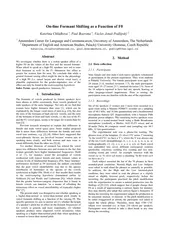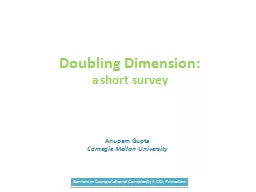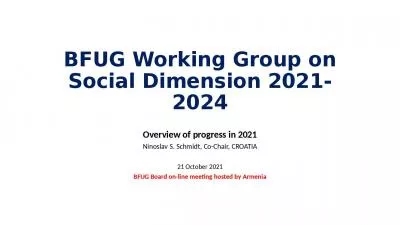PDF-their formants as well. In the F1 dimension this effect is greater for
Author : stefany-barnette | Published Date : 2015-07-23
thannormal pitch 2 Method 21 Data collection 211 Participants Nine female and nine male Czech native speakers volunteered as participants in the present experiment
Presentation Embed Code
Download Presentation
Download Presentation The PPT/PDF document "their formants as well. In the F1 dimens..." is the property of its rightful owner. Permission is granted to download and print the materials on this website for personal, non-commercial use only, and to display it on your personal computer provided you do not modify the materials and that you retain all copyright notices contained in the materials. By downloading content from our website, you accept the terms of this agreement.
their formants as well. In the F1 dimension this effect is greater for: Transcript
Download Rules Of Document
"their formants as well. In the F1 dimension this effect is greater for"The content belongs to its owner. You may download and print it for personal use, without modification, and keep all copyright notices. By downloading, you agree to these terms.
Related Documents














